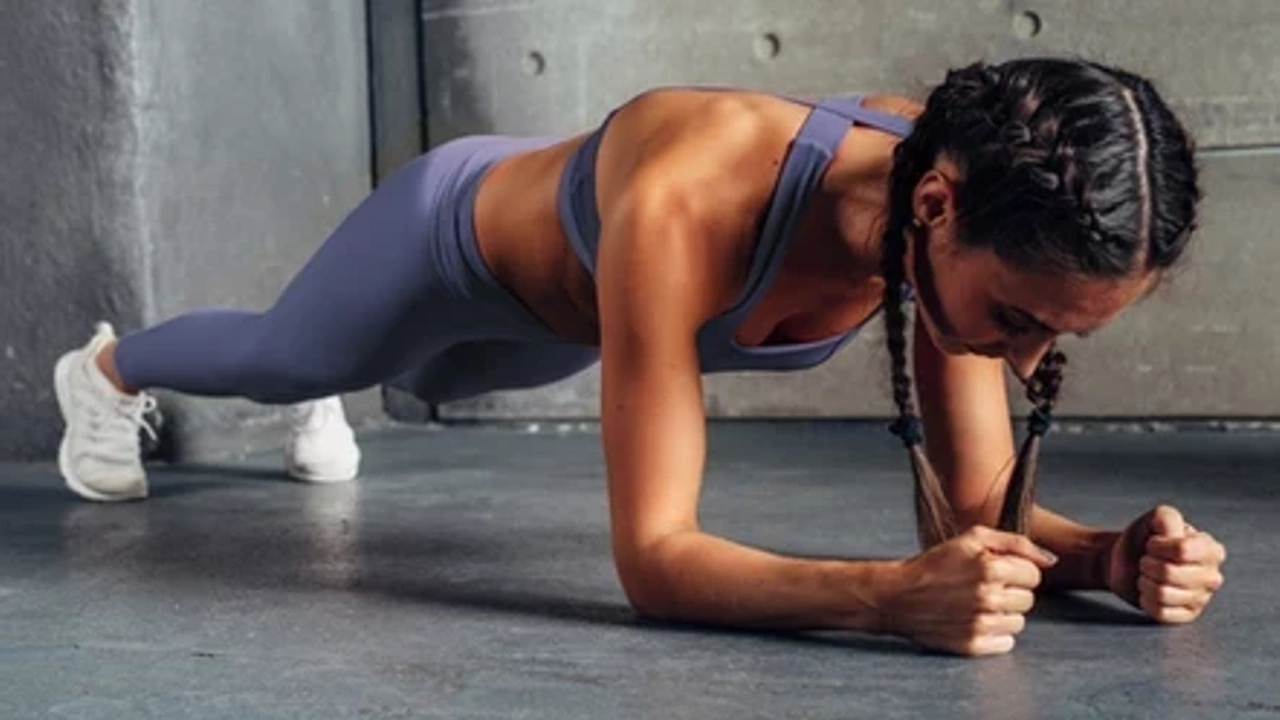Quarantine Training Recommendations
Mar 11, 2021
I cannot write a blog about the current events in response to the COVID-19 outbreak without first acknowledging that this is a very unfortunate time throughout the world. Everyone is affected by this virus. It is not a competition to determine who is affected the most or who is most at-risk. It is simply a case of: unless everyone does their part to try to stop the spread of this virus, this current state of quarantine will have indefinite staying power.
Now that the serious part is out of the way, let's talk about the fun stuff.
I have been approached with countless requests for recommendations from patients/ clients and from trainers themselves about creative ways to drive fitness within the confines of people's homes with minimal-to-no equipment available. My recommendations are similar to both groups with small differences:
To the patient/client:
In an unquarantined (just made that word up) world, there are countless different ways people choose to exercise: resistance training with free weights/machines, running/walking, kickboxing, pilates, yoga, BJJ/MMA, Zoomba, recreational sports, etc.
However, for those that do not have the luxury of having any equipment at home, they are forced to get extremely creative to continue exercising the way they enjoy, or are searching for new modes of exercise to avoid the "corona 15". Those that enjoyed mostly bodyweight exercise prior to quarantine are in a little better position to continue their routine without interruption.
If you are searching for ways to create resistance, these are my recommendations:
-
Backpack filled with textbooks
-
Water jugs
-
Family size laundry detergent
-
Laundry basket (filled with clothing)
-
Bag of dog food
-
Sand bags
-
Wheel barrels filled with dirt (for the outdoors people)
Most people have at least some collection of the above items around their house, but never look at them as opportunities to exercise. If you are still having trouble finding ways to stay active at home, there are many affordable virtual training options available right now. Which brings me to my next point...
Trainers/Coaches:
Regardless of whether you are training in a group training setting or personal training, now is not the time to try to be a hero. This is not the time to take a new client you have never met and give them the most advanced exercise you know just because it will make them sweat. Now is the time to do the exact opposite. Let's use our creativity to make safe movements challenging to people so we know they are in a position to succeed pain-free while also getting the training effect they desire at home. We can do this by modifying tempo (speed of descending and ascending phases of the exercise), duration (how long the exercise is), paused reps (holding at the difficult part of the rep) or making things unilateral.
Let's look at three basic exercises:
-
Bridge
-
Push-up
-
Squat
How many variations of exercises can we make using these three "basic" movements"?
Bridge
-
Traditional bridge
-
Bridge isometric (hold at the top)
-
Bridge with marching
-
Single leg bridge (for reps)
-
Single leg bridge isometric
-
Bridge with feet on a foam roll
-
Bridge with marching on foam roll
-
Single leg bridge on foam roll (for reps)
-
Single leg bridge on foam roll isometric
-
Bridge with eccentric hamstring slider (can do on a tile floor)
-
Single leg bridge with eccentric hamstring slider
*And you can do all of the above with your feet at different distances from your body for a different level of complexity
Push-up
-
Hands elevated push-up on sturdy surface (can use wall, progressing to lower heights)
-
Push-ups on knees (not my favorite, but an option)
-
Traditional Push-ups
-
Push-up to single arm support
-
Push-up to downward dog
-
Push-up to side plank
-
Hands elevated tempo push-ups (slow on way down, no pause at bottom, slow on way up)
-
Push-up with pause (3-5" pause at the bottom)
-
Spider man push-ups
-
Plyometric push-ups
-
Alternating plyometric push-ups (one hand elevated on a book)
Squat (Can elevate heels for those who have trouble with movement pattern)
-
Squat to a chair (progress depth of surface)
-
Traditional squat
-
Tempo squat
-
Squat with pause
-
1 1/2 squat (full squat, come up half way, go back down, then come all the way up)
-
Split squat with bottom knee elevated on multiple pillows or books (decreases depth--- progress but increasing depth)
-
Front foot elevated (2 inches) split squats
-
Rear foot elevated split squats
-
Split squat isometric
-
Tempo split squats
-
Tempo front foot elevated split squats
-
Tempo rear foot elevated split squats
34 exercises out of 3 movements. And I intentionally left out certain variations.
This is a time to set people up for success. If you need to ask yourself, "is this appropriate for this person?" then the answer is "no." Put them in a safe position and program it to get the training effect that you want and then progress them appropriately.
If you need help programming for yourself or your clients, I will be offering virtual sessions and mentorship meetings moving forward. Contact me at [email protected] or DM me on IG @dr_jeremypaster_dpt
